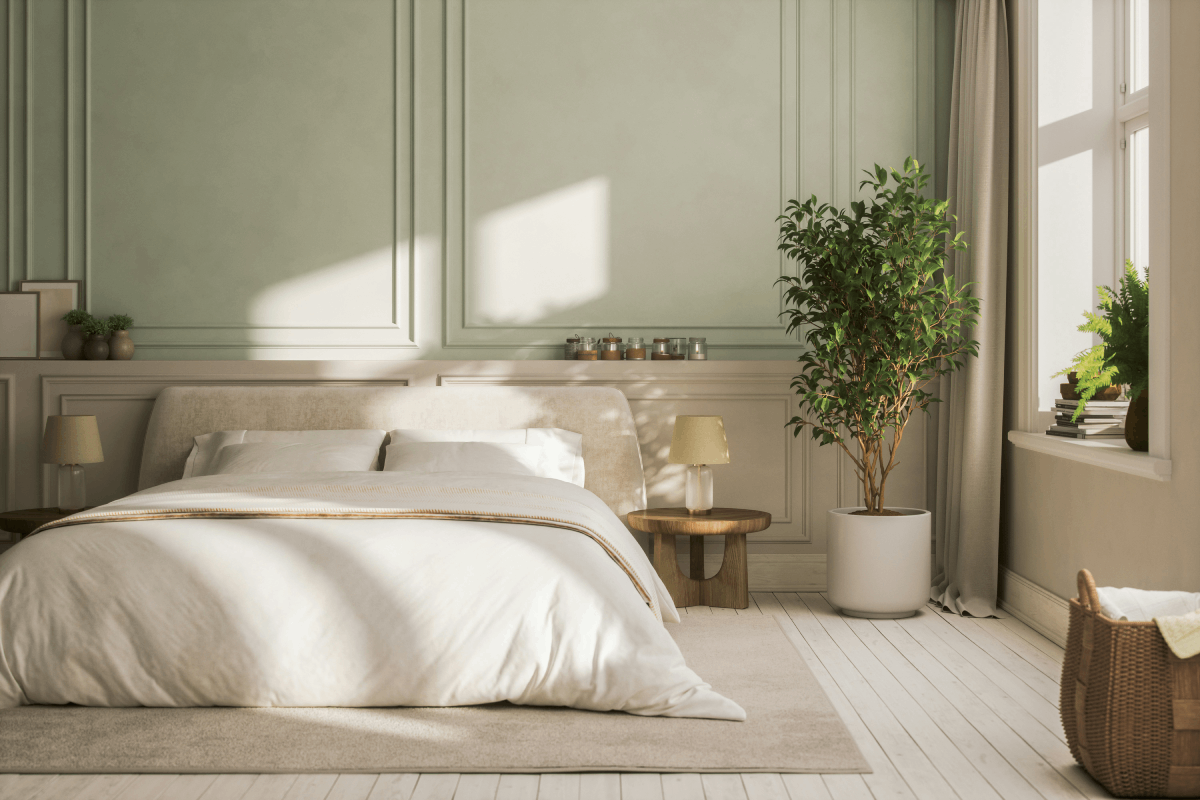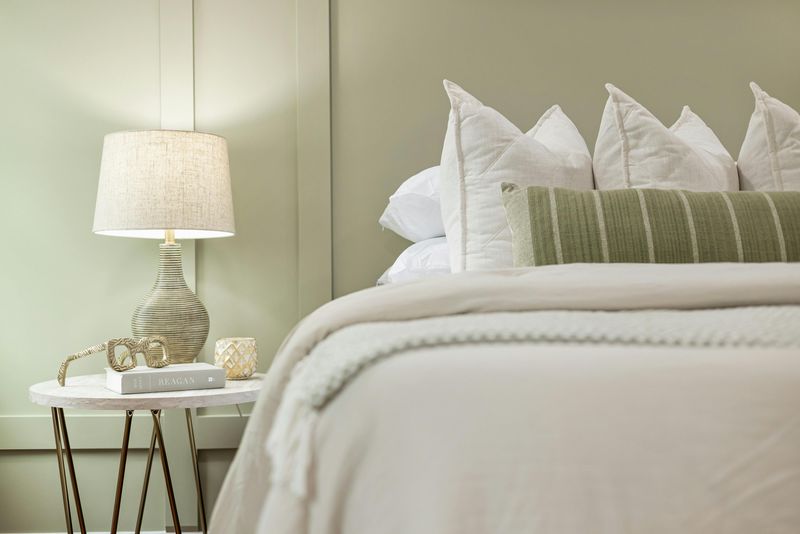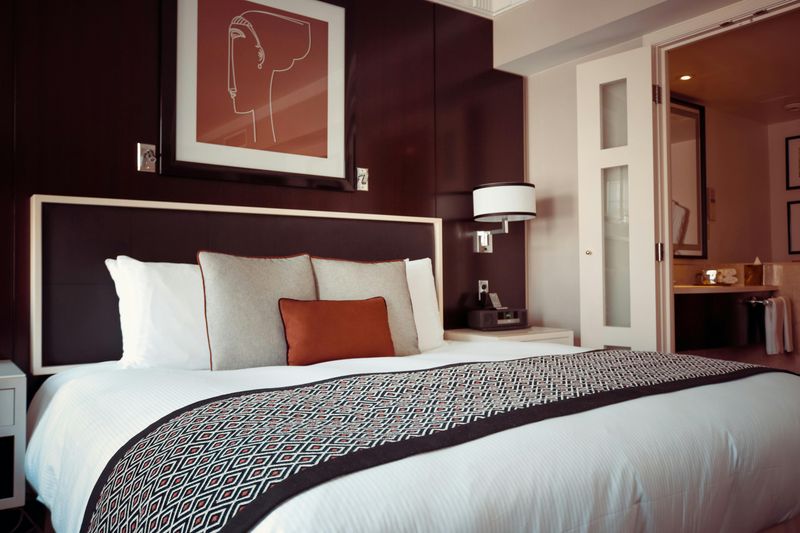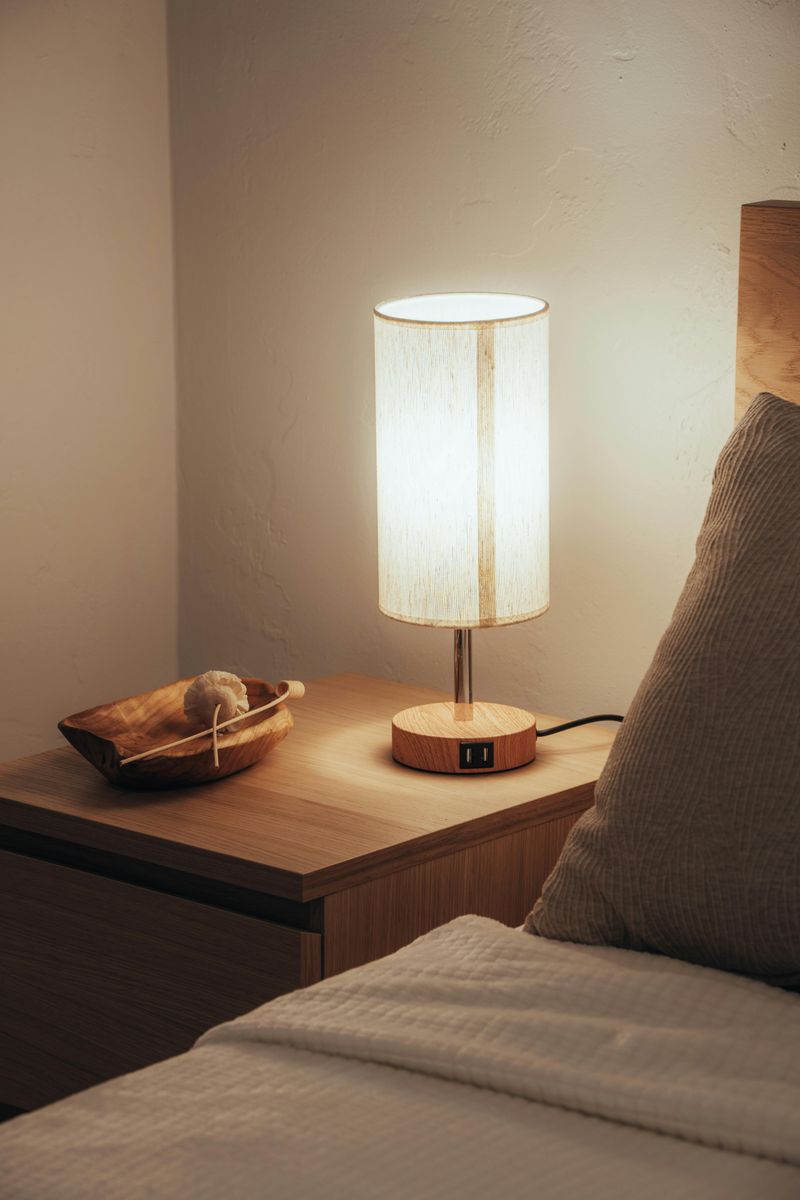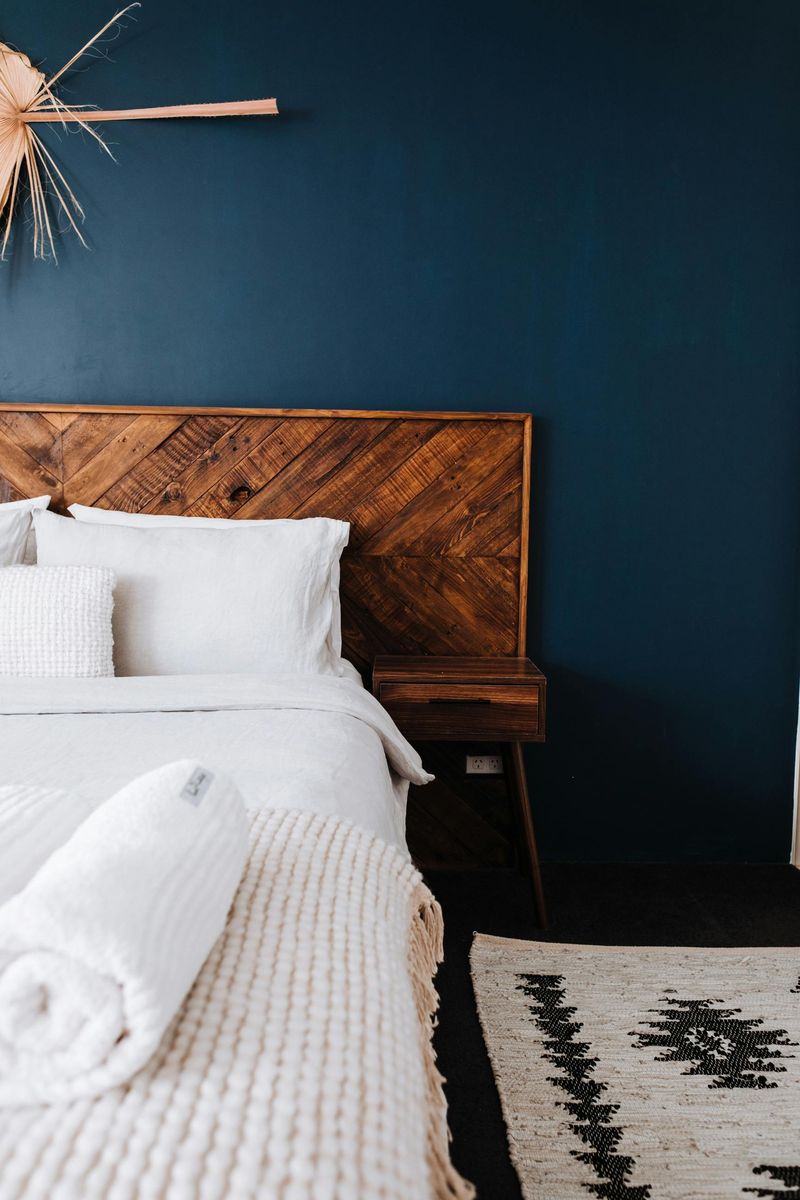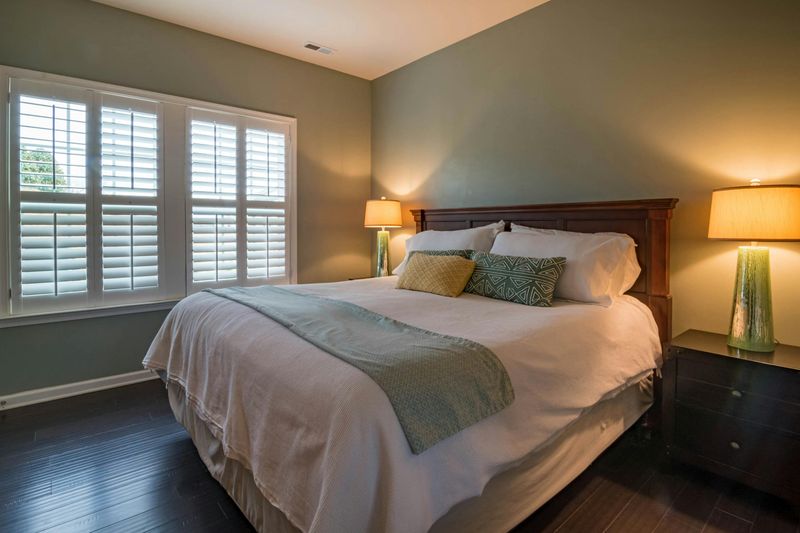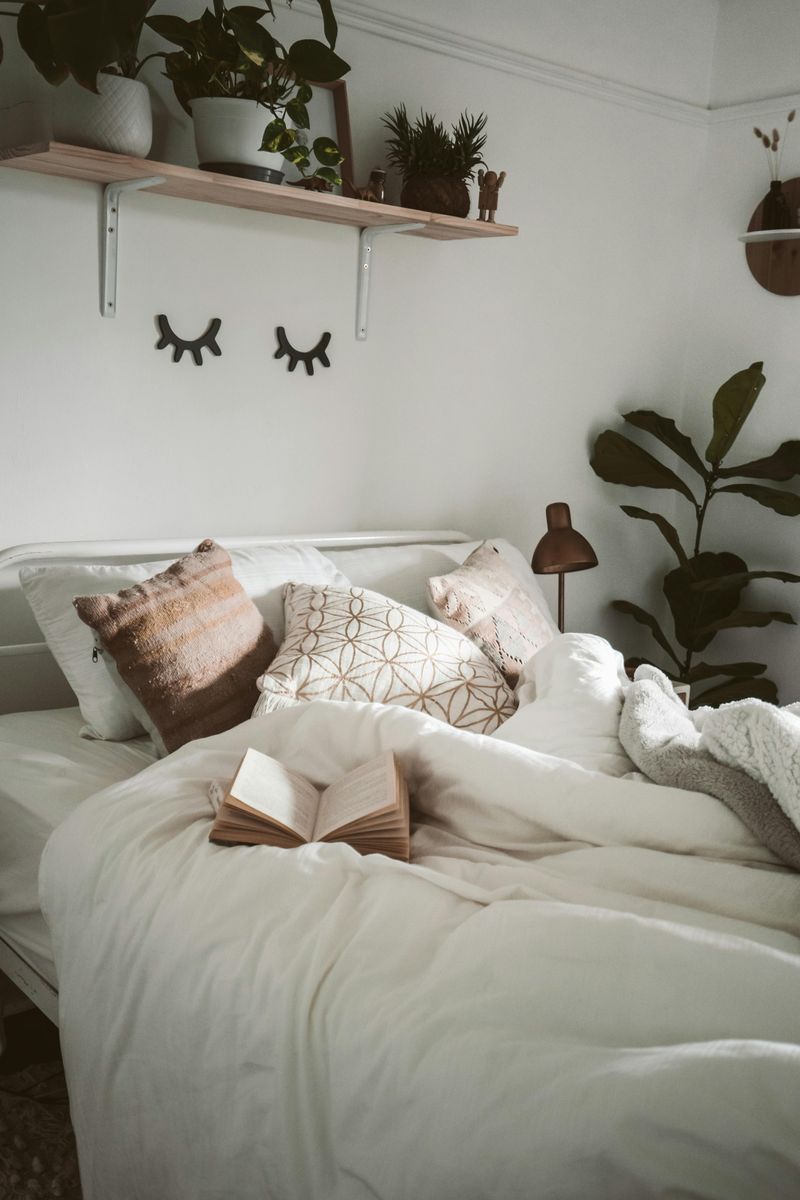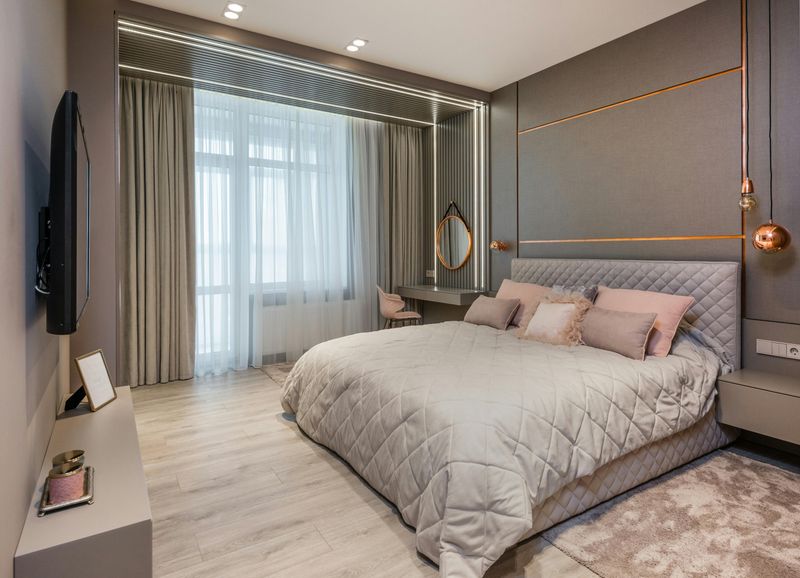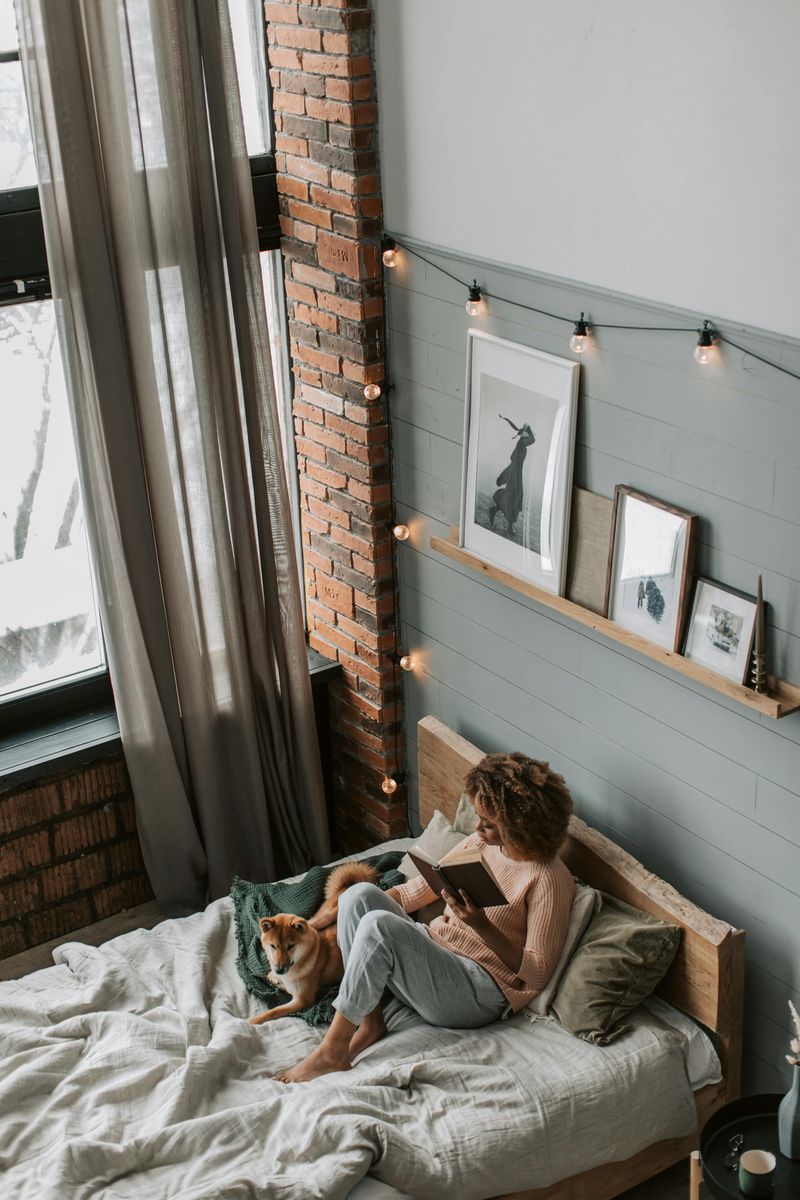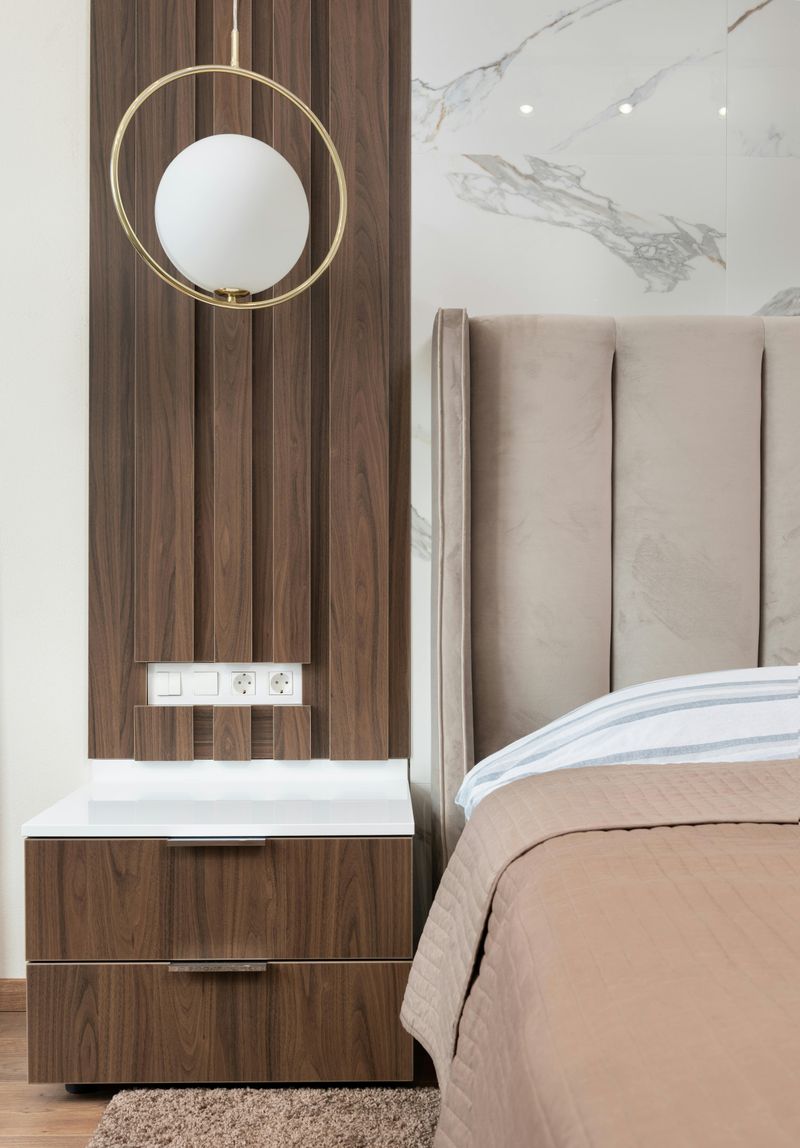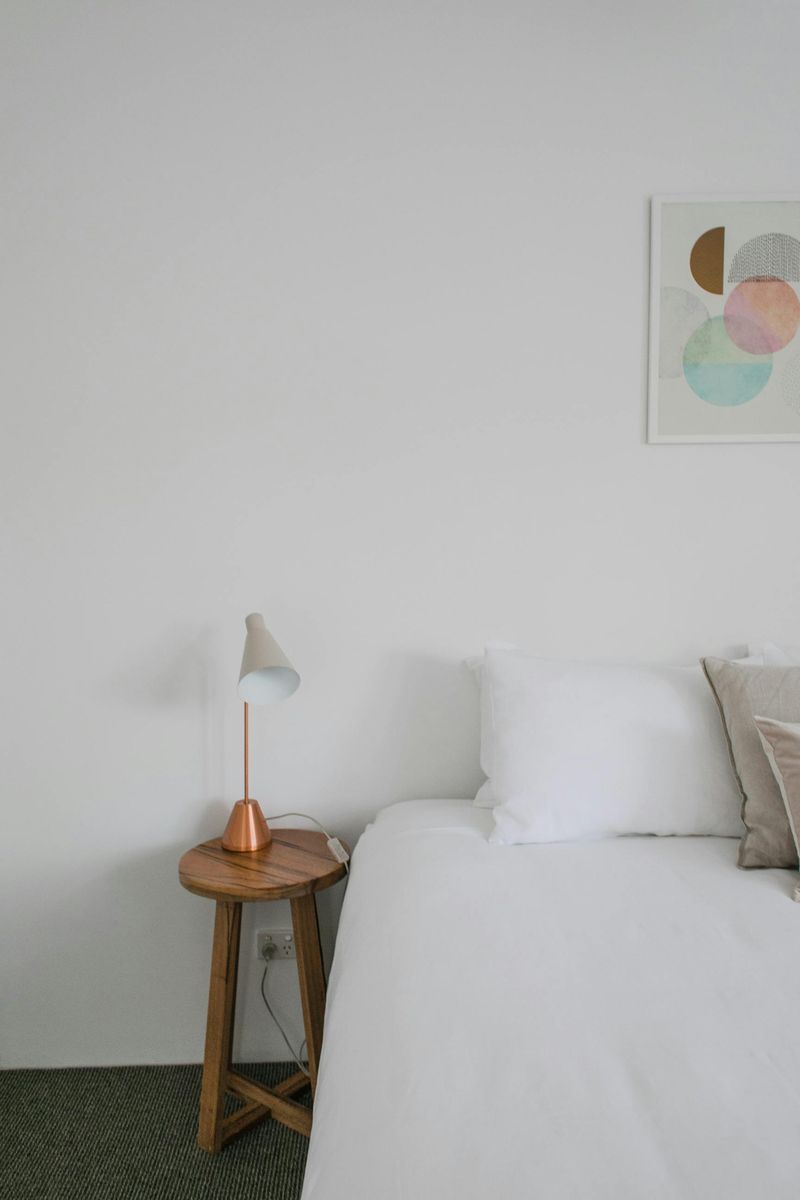Your bedroom is more than just a place to sleep – it’s your personal sanctuary. Small changes can make a huge difference in how this space feels and functions. You don’t need a complete renovation or a big budget to breathe new life into your bedroom. These ten subtle décor updates will transform your room from ordinary to extraordinary with minimal effort.
1. Swap Out Bedding
Fresh bedding works like magic on tired bedroom décor. Switching from plain white to bold patterns instantly creates a focal point, while changing seasonal fabrics keeps your space in tune with the weather.
Layer different textures for dimension – think crisp cotton sheets beneath a chunky knit throw or velvet pillows against linen. Even budget-friendly options from discount stores can look expensive when thoughtfully chosen.
2. Change Pillow Covers
Pillows are the jewelry of your bedroom – they add personality without permanent commitment. Mixing sizes creates visual interest: standard sleeping pillows at the back, medium decorative ones in the middle, and small accent pillows up front.
Play with contrasting textures like smooth silk against rough linen or plush velvet against woven cotton. Color coordination doesn’t mean matching exactly; instead, pull one shade from your room’s palette and explore its variations.
Seasonal swaps keep your bedroom feeling fresh year-round. Lighter fabrics and brighter colors for spring/summer, then richer tones and heavier textures when fall arrives.
3. Update Lighting
Lighting shapes how we experience a room beyond simple visibility. Replacing harsh overhead fixtures with layered options creates depth and warmth.
Try pairing bedside lamps with string lights draped along your headboard for evening ambiance. Bulb temperature matters tremendously – warm white (2700-3000K) promotes relaxation, while cooler tones energize.
Smart bulbs let you adjust brightness and color throughout the day without changing fixtures.
4. Add a Rug
Beyond comfort, rugs define spaces visually, making even studio apartments feel more intentionally designed. Size matters critically – aim for coverage extending 18-24 inches beyond your bed’s sides.
Material selection should balance beauty with practicality. Natural fibers like wool offer durability and softness but require more maintenance, while synthetic options resist stains better for busy households.
Position makes a difference, too. Placing your rug two-thirds under the bed creates a balanced frame, while full exposure works better for showcasing intricate patterns or when highlighting the rug as your room’s statement piece.
5. Rearrange Furniture
Repositioning furniture costs nothing but delivers dramatic results. Moving your bed to face the window makes morning better. Creating conversation areas with a small chair and side table adds functionality beyond sleeping.
Consider the flow of movement through your space. Leaving clear pathways makes smaller rooms feel larger and more organized. Angling pieces slightly rather than pushing everything against the walls adds visual interest and makes the room feel more thoughtfully designed.
Experiment before committing. Use paper templates or enlist help to slide heavy pieces around until you find the arrangement that feels right. Sometimes the smallest shift – just a few inches – makes the biggest impact on how spacious your room feels.
6. Incorporate Plants
Living plants breathe vitality into bedroom spaces unlike any other décor element. Even one strategically placed plant – perhaps a trailing pothos on your dresser or a stately snake plant in the corner – connects your indoor sanctuary with the natural world.
For plant novices, low-maintenance varieties like ZZ plants or succulents thrive despite neglect. Consider light conditions realistically when selecting greenery; north-facing windows support different species than sunny south exposures.
Plant containers offer another layer of design opportunity. Ceramic pots in complementary colors, woven baskets, or vintage containers add personality while elevating simple plants into statement pieces.
7. Switch Curtains
Window curtains frame your view and control light – fundamental elements of bedroom comfort. Heavier fabrics like velvet or lined cotton provide privacy and light blocking for better sleep, while sheers filter sunlight beautifully during daytime hours.
Hanging curtains properly transforms their impact. Mount rods 4-6 inches above window frames and extend 8-12 inches beyond the sides to create a height illusion and allow maximum light when open. Proper length matters too – barely touching the floor looks intentional while pooling adds drama.
Color psychology applies particularly to curtains since they occupy significant visual space. Blues and greens promote tranquility, while warmer tones like terracotta or mustard add coziness.
8. Hang Wall Art
Blank walls represent untapped potential in bedroom design. A single oversized piece above your bed creates instant impact and establishes mood – perhaps a serene landscape for relaxation or bold abstract for energy.
Gallery arrangements tell visual stories through a collection. Family photos, travel mementos, or thematic prints grouped thoughtfully create a personal narrative. The secret lies in arrangement – try laying pieces on the floor first to experiment with spacing before committing to wall holes.
Framing transforms even inexpensive art into something special. Matching frames create cohesion for diverse pieces, while mixed frame styles work when unified by color palette or subject matter.
9. Upgrade Hardware
Replacing basic drawer pulls with statement knobs in brass, leather, or ceramic immediately elevates existing pieces without major investment or DIY skills.
Using the same hardware style throughout unifies garage-sale finds with heirloom pieces. Alternatively, intentionally mixed metals add collected-over-time character when coordinated thoughtfully.
Look beyond traditional hardware sources for unique options. Vintage stores offer one-of-a-kind pieces with history, while natural materials like wood or stone bring organic texture.
10. Declutter Surfaces
Visual noise affects sleep quality as much as actual noise. Clearing nightstands of accumulated items creates calm space for essentials only – perhaps a lamp, current book, and small plant. This intentional minimalism signals to your brain that this room prioritizes rest.
Storage solutions prevent cluttering by giving everything a proper home. Decorative boxes hold small items while contributing to your design scheme. Drawer dividers maintain order for items needed but not displayed.
Adopt the one-in-one-out rule for bedroom items, and schedule seasonal purges of unnecessary accumulation. Remember that empty space itself functions as a design element – the breathing room between objects allows each piece to be properly appreciated.
